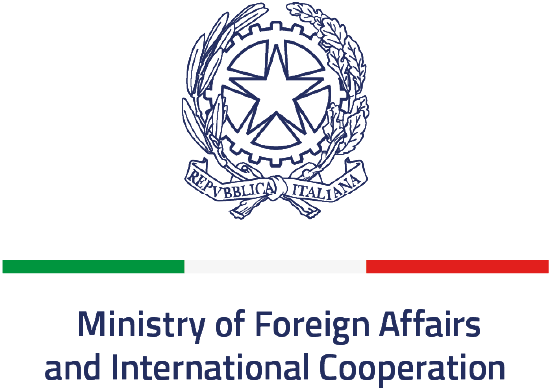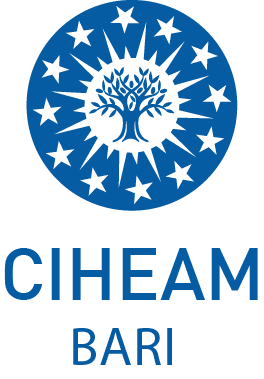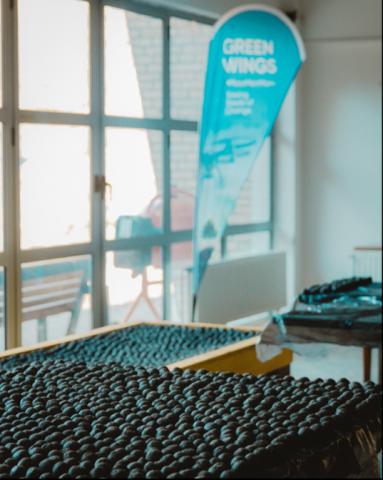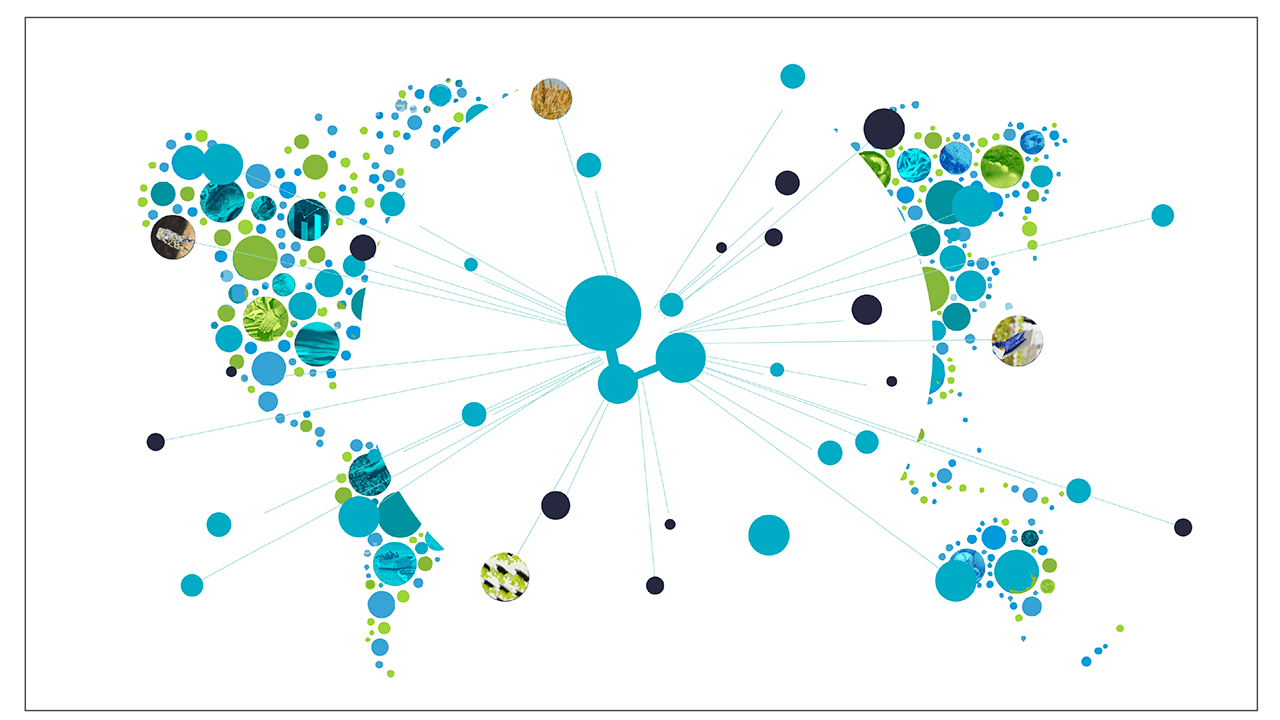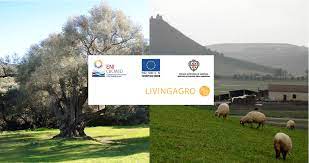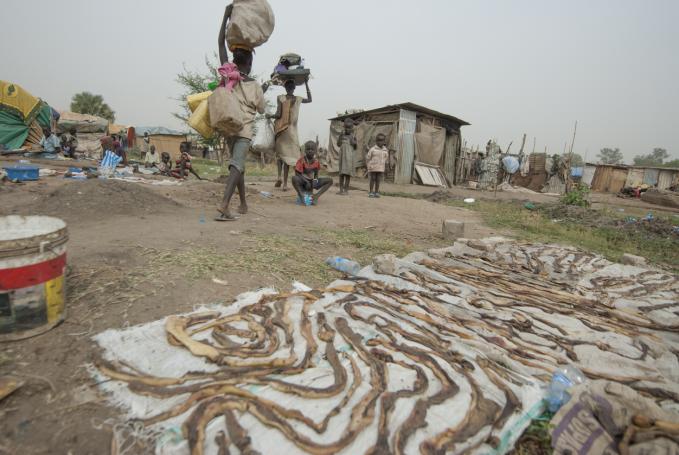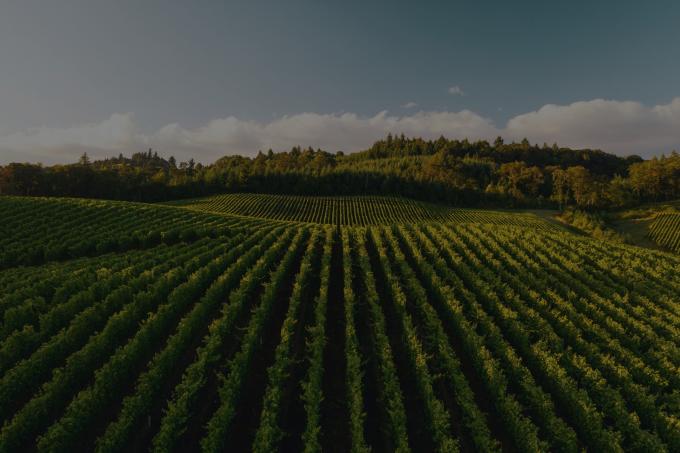STORIES
Xylella, the Threat
That Never Left
It looks like the olive tree killer has been defeated — but scientists warn that the bacterium is still out there, changing form and territory.
Italy
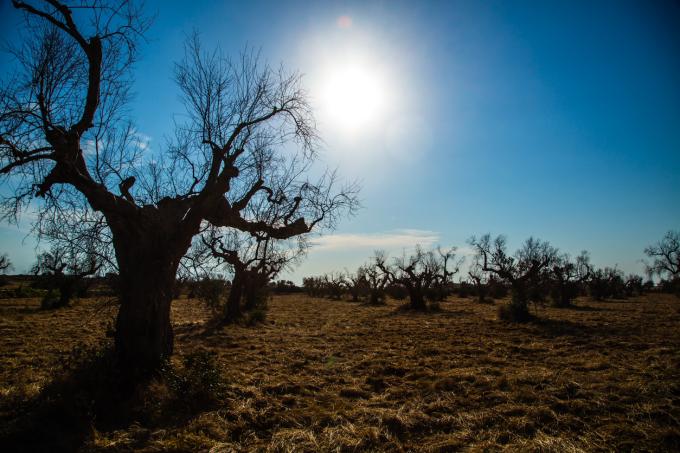
“Officially, everything seems under control,” warns Vincenzo Verrastro, Scientific Administrator at CIHEAM Bari. “But in reality, the situation is very different.”
More than a decade after the first outbreak devastated Salento’s olive groves, the bacterium Xylella fastidiosa has not disappeared — it has evolved. What once seemed an apocalyptic chapter in southern Italy’s agricultural history is now entering a more subtle but equally dangerous phase. The infection has moved north, reaching the Bari area — the heart of Puglia’s olive and oil production — while new, less-known strains are emerging.
Alongside the original paucă ST53 strain, which caused the so-called “Olive Quick Decline Syndrome,” scientists have detected two new variants: fastidiosa fastidiosa, first found in California and capable of infecting olives, cherries, almonds and grapevines, and multiplex, prevalent along the Basilicata border.
“The fastidiosa fastidiosa strain is particularly concerning,” says Verrastro, “because when it comes to vineyards, infections don’t spread evenly or predictably — making control much harder.”
“Officially, everything seems under control. But in reality, it’s very different.”
Behind the apparent calm, the bacterium’s vector — the meadow spittlebug (Philaenus spumarius) — continues to spread the pathogen. Containment today depends on integrated strategies: understanding the insect’s movements, adopting resistant olive varieties, and balancing prevention with sustainable land management rather than relying only on pesticides.
Since the beginning, CIHEAM Bari has been at the forefront of the scientific response: developing rapid diagnostic tools, monitoring through “spy insects” that reveal the bacterium’s presence, and creating predictive models to trace its evolution. What began as emergency action has now turned into long-term management.
In 2024, CIHEAM and the Region of Puglia launched the project “Sustainable Regeneration of Agriculture in Areas Affected by Xylella fastidiosa,” aimed at re-designing Salento’s olive landscapes. The initiative supports farmers and startups testing more tolerant olive cultivars like Leccino and FS17, experimenting with alternative soil techniques and real-time monitoring systems.
At the same time, a €1.4-million plan was signed to strengthen communication and training for technicians and farmers — from early diagnosis to prevention.
“New variants are emerging — and they don’t stop at olive trees.”
Still, Verrastro points out a persistent weakness: “Once the official campaigns end, there’s little follow-up — no consistent guidelines, no prevention meetings, no practical advice on transport. Yet transport is one of the main ways infections spread from one area to another.”
For scientists, preventing new introductions through the trade of ornamental and fruit plants is now the next frontier. Stronger certification systems, clearer legislation, and tighter cooperation across Mediterranean countries are urgently needed.
Xylella’s story, then, is not about a crisis overcome but a lesson in vigilance. The bacterium has changed shape and territory, and so must the response.
The challenge now is to turn scientific progress and new policies into concrete protection — so that the rebirth of Salento’s olive groves doesn’t become just a pause before the next wave.

